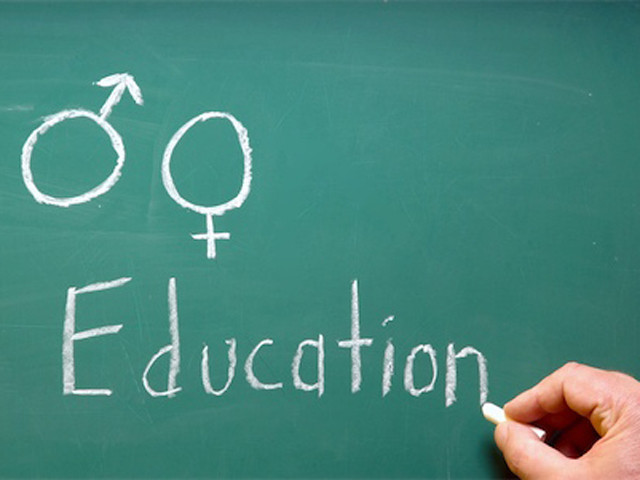Islamabad:
Across Pakistan, children grow up with questions they do not know how to ask – and when they ask, they are often met with silence, nervous laughter or a quick change of the subject. Some questions are whispered among friends in school corridors. Some are entered quietly in search bars at night. But the truth is that the questions are always there. And the longer we ignore them, the more likely our kids are to find answers to all the wrong places.
It’s easy to say a child is “too young” to know something. But the reality is that many already find out – through social media, peers or internet algorithms that do not ask for custody or cultural context. When schools do not teach them when parents do not talk to them, children do not stop being curious. They just look. And on the Internet what they find can vary from confusing to dangerous.
There is no lack of videos, memes and influences that are willing to explain the world to them – often in ways that are inaccurate, sensationalized or even predators. A child trying to understand changes in their body can end up with content designed for adults. A teenager who is trying to learn about emotional relationships can stumble into forums or DMs that exploit their confusion. These are not hypothetical – they happen every day, in each city, on each smartphone.
This is why health education in schools is no longer optional. It is necessary.
When we talk about health education, especially around puberty, reproduction and emotional well -being, we are not talking about anything inappropriate. We are talking about facts – about helping children understand themselves before the world teaches them the wrong lessons. It’s about giving a girl confidence in knowing her first period is normal, not shameful. It’s about giving a boy the language to talk about emotions without fear. It’s about letting every child know that their body belongs to them and that they have the right to speak if something feels wrong.
There is a quiet kind of strength in giving a children knowledge. It does not encourage behavior – it encourages understanding. When a child knows the right names of their body parts, understand boundaries and can recognize signs of injury or abuse, they are safer. Not only in their own homes or classrooms, but in the wider world it becomes harder and harder to control.
The reality is that children grow faster than ever. They are more connected, more exposed and more influenced by what they see and hear online. But their emotional development is still fragile. They need guidance – gentle, accurate, respectful guidance – delivered in an environment of trust.
This is not about introducing complicated new topics in the curriculum. Health education can easily be integrated into what is already being taught. It can be done in a way that reflects our cultural values and sensitivity. Other countries with a Muslim majority have made it-right, respectful and effective. It’s not about pushing boundaries. It’s about protecting them.
There is a difference between innocence and ignorance. We must preserve the innocence of childhood – but it does not mean to keep children in the dark. It means giving them just enough light to see where they are going. To understand the changes that happen inside them. To respect oneself and others. To ask questions without fear and to know that they deserve answers that are true.
Parents want what’s best for their children. Then do teachers. But we must stop expecting these conversations to happen behind closed doors if we have never created a safe space for them. Schools can offer the space-structured, age-passing and guided by educated teachers. When done correctly, health education does not undermine family values. It strengthens them.



